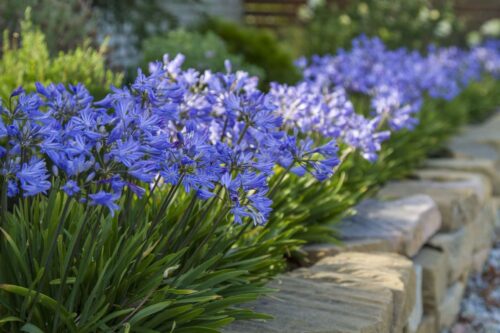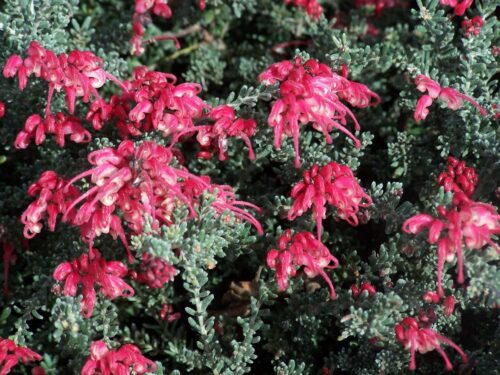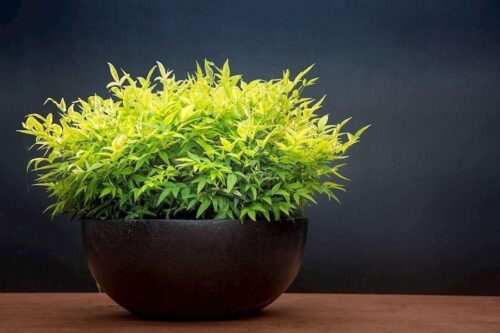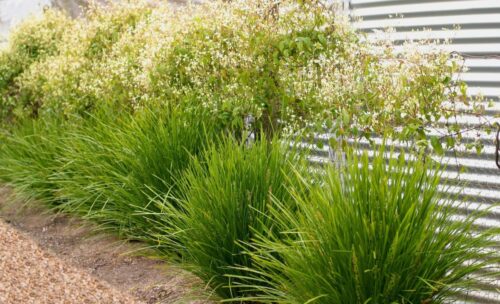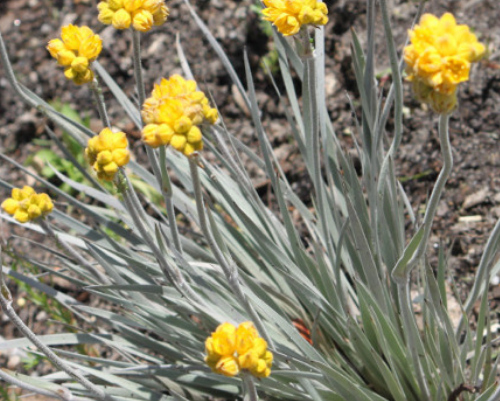A hardy and colourful ground cover from the Tucker Bush range.
Aboriginals traditionally ate the Karkalla’s fruit fresh and dried, and paired the salty, fleshy leaves with meat. Also known as bain or pigface (in WA), this ground-covering bushfood succulent is native to coastal regions in Western Australia, South Australia, Victoria and Tasmania.
The fruit of the Karkalla grows to about the size of a grape, and turns a deep red when ripe. To enjoy them fresh, just hold one end and suck out the sweet pulp, or eat it whole salty skin and all. Cooked, they may be used in jams, jellies and cakes, or paired with seafood in savoury dishes. The leaves can be eaten raw or cooked like a vegetables, as well as used like aloe vera to remedy stings, burns and skin irritations. Karkalla extracts have been shown to possess significant antioxidant, antiplatelet and anti-inflammatory activity.
Karkalla blossoms in the Spring and Summer with brilliant fuchsia petals and cheerful yellow centres. Following pollination, the fruits remain when individual flowers die off, their red-pink hue making them easy to spot amongst the green succulent leaves. Simply pluck the fruit to harvest.
This coastal succulent tolerates both drought and salt, and is somewhat frost-resistant. It prefers full sun, but will grow comfortably in part-shade. Choose a well-drained soil, from clay loam to sandy, and water occasionally during the hottest summer months if you want the leaves to keep their rich colour.
Karkalla grows low, barely reaching half a metre in height, but can spread to 3 metres wide. It’s a great groundcover or border plant for courtyards, poolsides, Mediterranean gardens, and succulent, desert and beach motifs, and the perfect choice for a low-maintenance verge plant.
Aboriginal name(s):
- Bain (Noongar)
- Janga (Wajarri)






| Pot Size |
|---|



